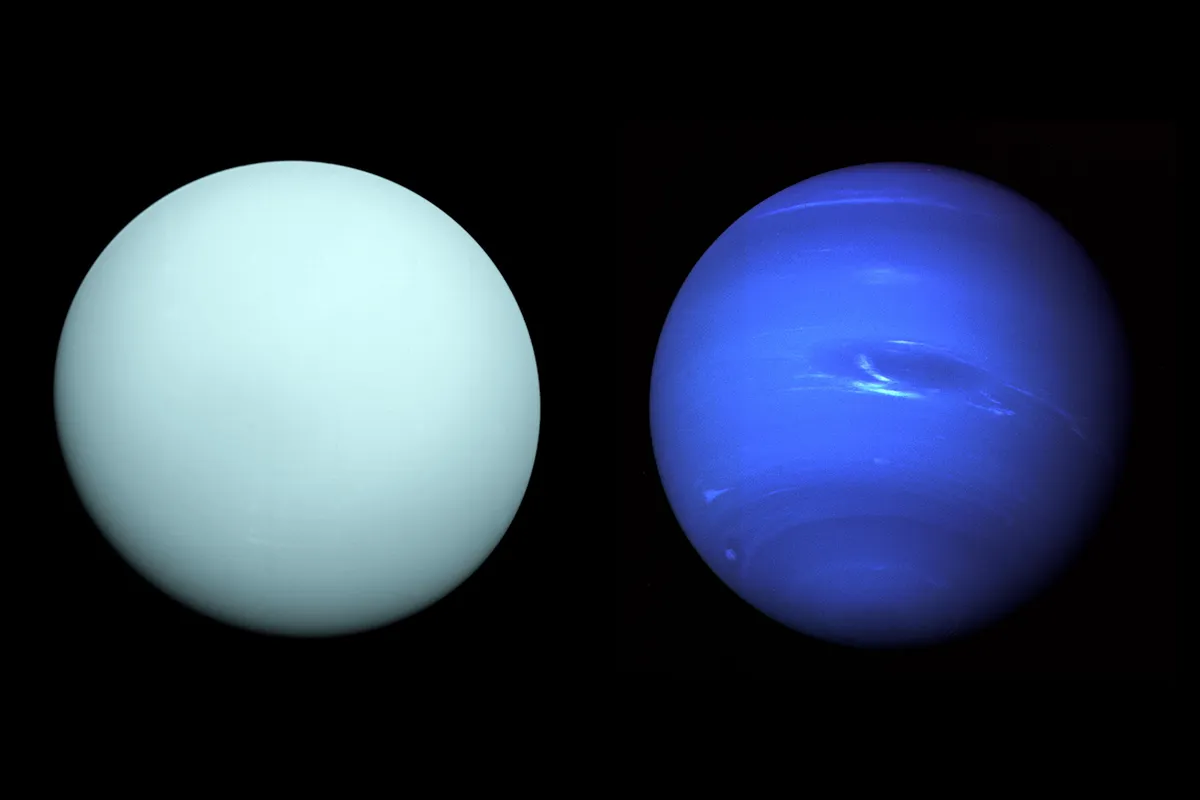Light sails are a mainstay (if you’ll excuse the nautical pun) of science fiction.
Arthur C Clarke’s classic short story Sunjammer describes a space yachting race, The Mote in God’s Eye by Larry Niven and Jerry Pournelle has an alien probe propelled by a laser sail arriving in human space, and they feature in the Star Trek universe too.
The principle is simple enough.

A very large, very thin and very lightweight sheet of shiny material reflects photons of sunlight.
Through the conservation of momentum, this makes it experience a force pushing it in the opposite direction.
Alternatively, if you want to travel out of the Solar System away from the Sun, you could build a base station with some colossally high-powered lasers to drive a light sail.
In this way, a light sail is not blown by a wind but rides on radiation pressure.
The effect is small, but it consumes no rocket fuel and can be exploited continuously for months or years to gently accelerate to considerable speeds.

Light sails a reality
The idea of light sails propelling spaxecraft isn’t merely speculative.
The first spacecraft to demonstrate solar sail technology was Japan’s experimental spacecraft IKAROS (Interplanetary Kite-craft Accelerated by Radiation of the Sun), which voyaged to Venus in 2010.
Laser-powered light sails are a particularly attractive prospect for sending probes to explore the outer Solar System.
Compared to the traditional propulsion of rocket engines, they can be a much lower overall mass and thus expense, because they don’t have to carry lots of onboard fuel
And they offer much quicker flight times as, although the acceleration is slower than traditional fuel, it can reach much higher final velocities.
Light sails and the Solar System

Manasvi Lingam, at the Florida Institute of Technology, and his two colleagues associated
with the Initiative for Interstellar Studies in London (housed in the British Interplanetary Society building), investigated the practicalities of light sail probes to explore the icy moons of the gas giants.
Assuming a probe mass of 100kg (220lb) and a light sail around 100 metres (328ft) across, Lingam’s team calculate such a spacecraft could be accelerated to over 100,000km/h (62,137mph).
That would make them able to reach Jupiter’s Europa in just one to four years, and Saturn’s Enceladus on a timescale of three to six years.
By comparison, the Cassini–Huygens mission took over six years to fly to Saturn, and required gravity assists from two fly-bys of Venus, one of Earth and another of Jupiter.

But here's the catch
The scheme would require the construction of a high-powered laser array on Earth in the order of a gigawatt: roughly the output of a nuclear power station.
And there’s another particular challenge: where such a large ground installation would need to be built.
For propelling a light sail to Enceladus, because Saturn’s orbit around the Sun is inclined by 2.5° out of Earth’s orbital plane, the best location for the laser station so that it can continuously target the light sail would be at high latitude – either the far north or the far south.
For launching a light sail probe to Saturn and Enceladus between 2043 and 2052, for example, the laser array would need to be built in Antarctica.
So while a laser-powered light sail might be practical in some ways, there are some definite problems to work out with such a system.
Lewis Dartnell was reading A Light Sail Astrobiology Precursor Mission to Enceladus and Europa by Manasvi Lingam, Adam Hibberd and Andreas M Hein. Read it online at: arxiv.org/abs/2402.18691.
This article appeared in the June 2024 issue of BBC Sky at Night Magazine.
